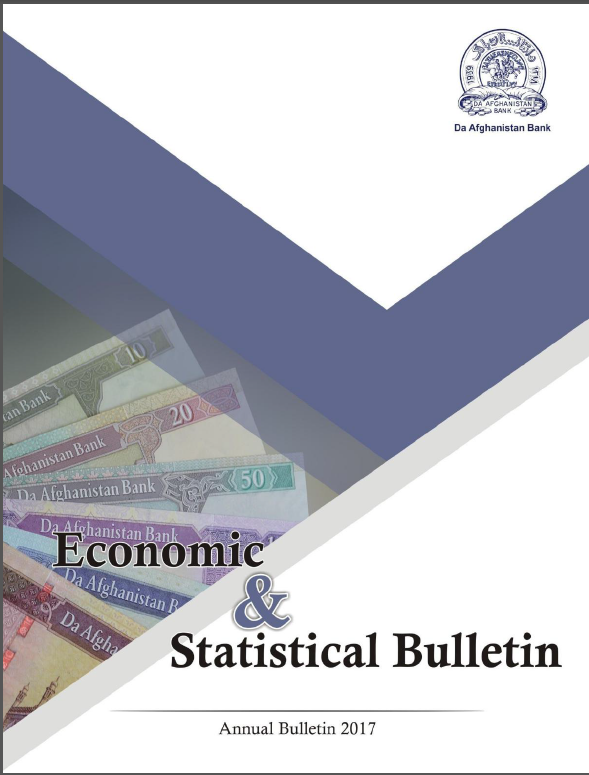| Sell | Buy | |
|---|---|---|
| USD | 76.8688 | 76.6688 |
| EURO | 86.4706 | 85.8706 |
| POUND | 99.7766 | 98.9766 |
- About us
- Vision And Mission
- Objectives
- Main Tasks
- Core Values
- Supreme Council
- Executive Board
- Departments
- Governor's Office Directorate
- Monetary Policy
- Financial Supervision Department
- Market Operation Department
- Comptroller General’s Office
- Financial Disputes Resolution Commission
- Financial Intelligence Unit
- Afghan Deposit Insurance Corporation
- Public Credit Registry Department
- Accounting and Finance General Directorate
- Information Technology Department
- Human Resources Department
- General Counsel
- Banking Operation Department
- Payments Department
- Financial Sector Strengthening Projects (FSSPs)
- General Services Department
- Financial Inclusion Department (FID)
- Procurement Department
- Financial Risk Management Department
- Zones and Branches
- Monetary Policy
- Financial Supervision
- Laws & Regulations
- Media Center
- Financial Statements
- Procurement And Careers
Market Operation Department
To implement monetary policy, develop financial markets, manage foreign exchange reserves, conduct weekly auctions in the most effective way, and to promote market stability both in foreign exchange and domestic money market.
Our primary responsibility is the implementation of the Bank’s reserves management policy in accordance to investment guidelines, conduct weekly FX and Capital Notes Auction to achieve Monitory Policy Objective, issue LC’s to Government and release official Central bank FX rates in accordance with established policies and procedures.
Objectives:
- To have an organizational structure that facilitates the delegation of authority, generating efficiency, accountability and system controls.
- Ensuring that staff performance is line with job descriptions.
- Improve quality and timeliness of management information.
Structure:
Market Operation Department has 31 staff and is segregated to three sections in accordance with their terms of duties.
- Reserve Management Section:
This Section is composed of three sub-sections:
- Front Office:
a-1) To establish direct communication lines with Corresponding Banks.
a-2) To invest/ place reserves with Corresponding Banks.
a-3) To follow track of our investment/placement with Corresponding Banks.
- Middle Office:
b-1) Risk analysis.
b-2) Weekly portfolio performance Report.
b-3) International and Domestic Market Research.
- Back Office :
c-1) Settlements of Transactions.
c-2) FX Deals.
c-3) Manage RAMP and BIS Reports.
- Currency Auction Section:
This section is composed of two sub-sections:
- FX Auction
Principle duties are to conduct FX auction twice a week in accordance with Auction Regulation and established procedures. The purpose is to mop up excess liquidity to achieve Monitory Policy Objective and to minimize large exchange rate fluctuations.
b) Exchange Rate:
Main duties are to get exchange rate data from foreign currency market on daily basis, compile and disseminate to Government organization in the country.
- Government Banking:
This section is composed of two sub-sections:
- Capital Notes
Primary duty is to sell Sovereign Securities to local commercial banks and Licensed Currency Exchange Dealers on a weekly basis. This is one of the important Monitory Policy Toll to effectively mop up excess liquidity from local market. Besides, this sub-section is also responsible to adjust commercial banks required reserves, and extend overnight credit facility.
b) LC’s Issuance
Main duty of this sub-section is to issue Letters of Credits to Government institutions based on the official letter from Ministry of Finance. This sub-section is also responsible to overlook and monitor all LC’s and make an adjustment according to established rules and regulation.

